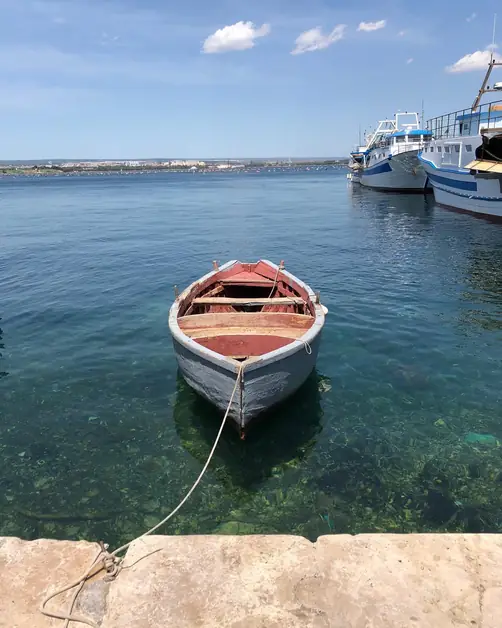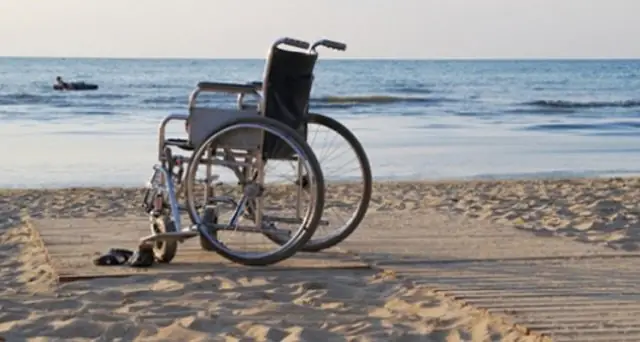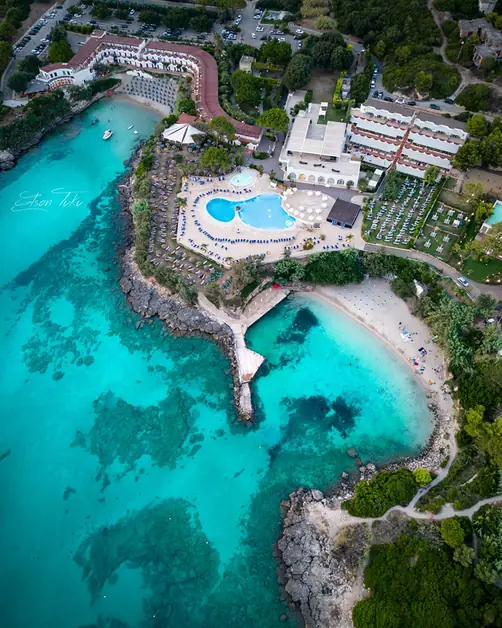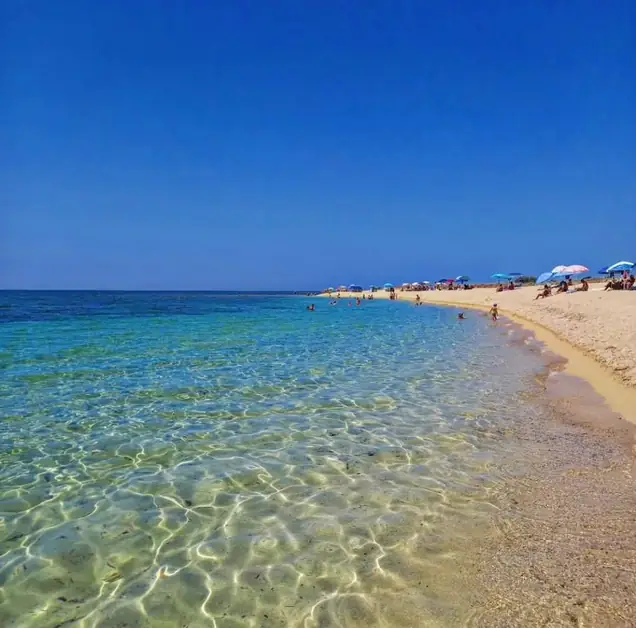Taranto Old Town between history and modernity
Taranto Old Town is an island rich in history and life.
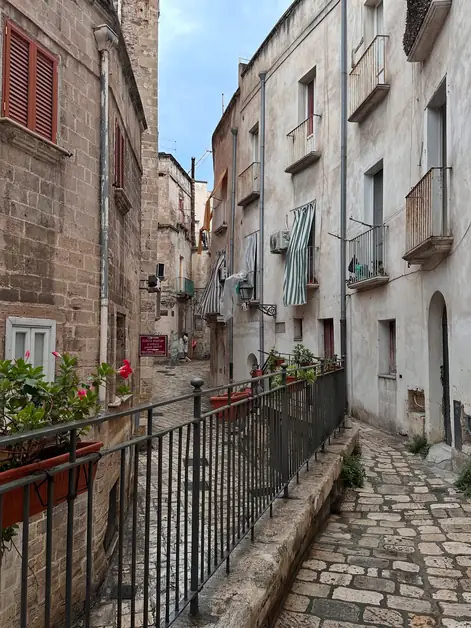
Where is Taranto Old Town?
Taranto Old Town is located on an island, connected to the new city by the Swing Bridge and the Punta Penna Bridge. Walking on this island means entering a world apart, with an atmosphere that cannot be found elsewhere.
Why is Taranto Old Town so special?
Its uniqueness lies in its physical separation from the rest of the city. The historic center has its own light, with streets that seem illuminated by a different sun, made just for the roofs, the buildings, and the alleys of the island.
What to see in Taranto Old Town?
Walking through the alleys, you encounter different views: the sea view from the railing of Corso Vittorio Emanuele II, the ancient churches and buildings, the columns of the Temple of Poseidon, the small balconies with colorful laundry blowing in the wind. Every glimpse offers a surprise, a contrast between splendor and abandonment, between beauty and empty houses.
What is the atmosphere like in the alleys of Taranto Old Town?
The alleys are narrow and winding, often without sunlight. Some passages are so narrow that it is inevitable to brush against each other: not by chance, one of them is called "Vicolo del Bacio". This urban planning is not accidental: after the destruction of the Greco-Roman city by the Saracens, Taranto was rebuilt by Byzantine architects with the aim of making it more defensible against invaders.
What is the history of the narrow alleys?
The streets were designed to allow the passage of only one person at a time, slowing down enemies. Many architects remained on the island, married Tarantine women, and brought Greek words into the local dialect. Even today, walking through the alleys, you can breathe this Byzantine heritage.
What is the relationship between Taranto Old Town and the sea and fishing?
Emperor Nicephorus Phocas lowered the coast along the Mar Piccolo to favor fishermen. For centuries, life on the island has been linked to the sea, which has provided strength and wealth to the city. Even today, walking along the docks, you encounter nets, boats, and fishermen engaged in their daily work.
What did Giulio Carlo Argan say about Taranto Old Town?
The great art critic was struck by the island in the 1970s and called it "one of the most fascinating historic centers in Italy". Anyone who visits Taranto Old Town immediately understands the meaning of these words, observing the fusion of history, architecture, and daily life.
How has Taranto Old Town changed in recent years?
Next to the abandoned houses, pubs, lounge bars, cafes, and typical restaurants have emerged. The University has also opened its branches on the island. This has brought life back to the alleys, with tourists and citizens wanting to rediscover their city.
What was life like in Taranto Old Town in the past?
In the 1700s, the entire population lived on the island, enclosed within a city wall. Fishermen, artisans, nobles, and religious people coexisted. With the arrival of the Arsenal and industrialization, many inhabitants left the island for the new city.
What happens today to the houses in the old town?
Many buildings remain empty and await restoration. Walking around, you encounter boarded-up and cracked palaces, but also courtyards full of life. Every corner tells the story of a city that struggles between past and future.
Why visit Taranto Old Town?
To experience an authentic journey. Getting lost among narrow alleys, flowered balconies, and glimpses of the sea is a trip through time. It is a place that combines the strength of history with the vitality of rebirth, an island that does not need imagination to seem unique.

